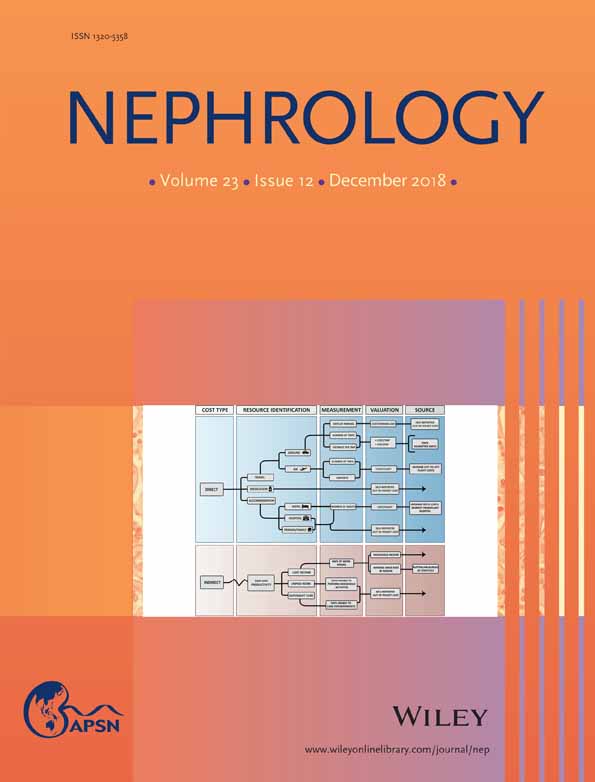Effect of haemodialysis and residual renal function on serum levels of galectin-3, B-type natriuretic peptides and cardiac troponin T
ABSTRACT
Aim
Levels of plasma markers of myocardial fibrosis (galectin-3), stretch (B-type natriuretic peptide (BNP)) and injury (high-sensitivity troponin T (hs-TnT)) are affected by haemodialysis, residual renal function (RRF) and cardiac pathology. We aimed to determine the association of RRF, urine output and haemodialysis itself on cardiac biomarkers in haemodialysis patients.
Methods
Adult haemodialysis patients underwent venesection pre- and post-haemodialysis then echocardiography and inter-dialytic urine collection to calculate RRF (mL/min per 1.73m2) and urine output (mL/day). Galectin-3, BNP-32, NT-ProBNP and hs-TnT levels were compared across tertiles of echocardiographic parameters, RRF and urine output using the non-parametric test for trend across ordered groups.
Results
Twenty-three patients (17 male) with mean age 67.7±13.8 years and median (interquartile range) dialysis duration 13.6 (9.8–19.1) months participated. Galectin-3 was substantially lower following haemodialysis: 55 ng/mL (47–70) versus 23 ng/mL (19–27, P < 0.001), but other biomarkers changed little. By increasing RRF tertile, post-dialysis galectin-3 was 32.6 ng/mL (23.7–36.6), 21.9 ng/mL (19.0–23.2) and 19.0 ng/mL (16.9–21.0, P = 0.001); NT-ProBNP was 10 192 ng/L (2303–21 504), 2037 ng/L (1224–10 795) and 1481 ng/L (172–2890, P = 0.016). Results were similar for daily urine volume, but measured echocardiographic parameters were not associated with biomarker concentrations.
Conclusion
Plasma concentration of galectin-3 is reduced by the haemodialysis procedure. Lower RRF and urine volume are strongly associated with higher levels of galectin-3 and NT-Pro-BNP. These associations are important to the clinical interpretation of these biomarker levels in haemodialysis patients.




